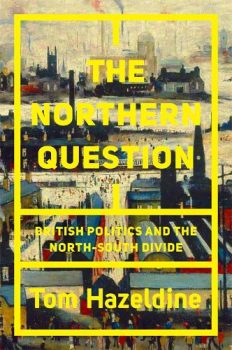
29TH JULY 2022
Hello.
I got up close to some truly fabulous birds on a trip to the RSPB reserve at Bempton a few weeks ago: gannets, guillemots, kittiwakes, gannets, razorbills, puffins, gannets, tree sparrows, and a barn owl (not to forget the gannets).
But the biggest birding surprise of quite possibly the decade came with the arrival of a magnificent male Lady Amherst’s pheasant in our garden. I dubbed him Ming (after the Chinese dynasty, not Flash Gordon’s arch-enemy). These birds, which were introduced from China by the eponymous Lady Amherst in the nineteenth century, are now said to be extinct in the wild in the UK, but there are still occasional sightings. I’m guessing Ming must be an escapee from someone’s collection. He hung around in our garden for a couple of weeks as he went through a moult, but we haven’t seen him now for three or four days. I’m not at all interested in chasing after rare birds, but to have one set up shop in our own garden was quite a thrill.
Some stuff I thought worth sharing:
- ‘A truce with the trees’: Rebecca Solnit on the wonders of a 300-year old violin
Made with all-renewable materials, this violin from 1721 reflects a time of magnificent culture—a global gathering from before the climate crisis. (I enjoyed this essay so much, I wrote a sideline piece about it.) - Today (2010) (video)
In 2009, US artist Jonathan Harris began a project to take a daily photograph and post it to his website. It lasted for 440 days. This video shows the eclectic mix of photos in order, one per second, while Harris explores what he learnt from the project. (via Psyche). - Two weeks in, the Webb Space Telescope is reshaping astronomy
In the days after the mega-telescope started delivering data, astronomers reported new discoveries about galaxies, stars, exoplanets and even Jupiter. - Cloud chambers and cosmic rays: the quest to unravel one of the most dazzling mysteries of the universe
How experiments performed at high altitude in a balloon in 1911 revolutionised nuclear physics, and led to a Nobel Prize. - Who were the people of Stonehenge? (video)
Famously, no one knows who they were, or what they were doing, but British Museum curators Jennifer Wexler and Neil Wilkin know better, taking us on a tour of their exhibition The World of Stonehenge.
Recent Reading
And finally…
My most successful day’s writing on my Darwin book this month resulted in a word-count of minus 652. There’s a lot more to writing than simply writing. In my recent review of the chapters I’d written so far (see newsletter 28), I identified one whose opening paragraphs were so cringeworthily awful that I simply had to do something about them. Cutting the crap can be remarkably uplifting. So perhaps I’d better stop right here…
Thanks for taking time to read this newsletter. As always, please forward it to any of your friends who might enjoy it. And if a friend forwarded this newsletter to you, perhaps now might be the perfect time to subscribe.
Keep safe, and I’ll see you next time.
Richard
richardcarter.com
Places to follow me:
Website: Blog • Newsletter • Reviews • Moor book • Darwin book • RSS
Social: Substack • Bluesky • Mastodon • Instagram




Leave a Reply